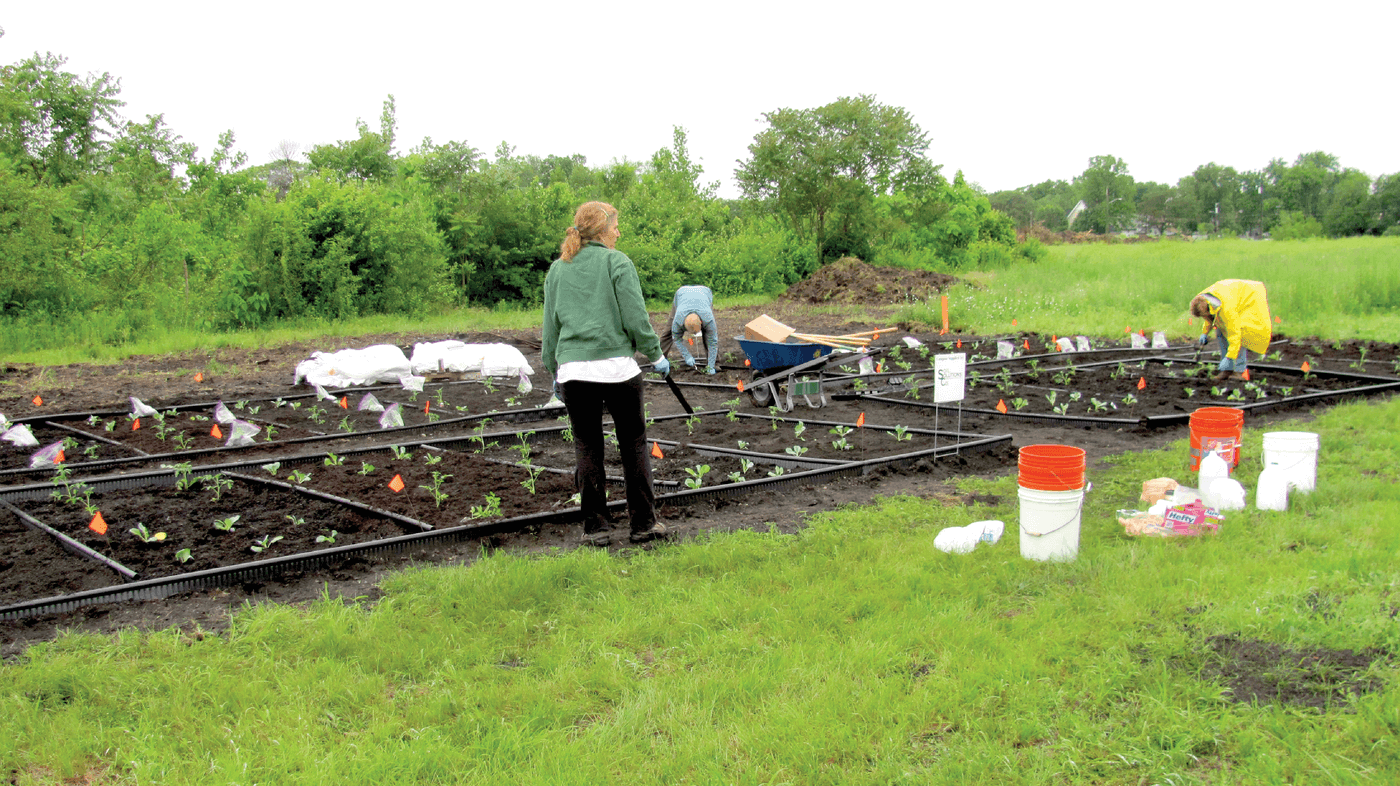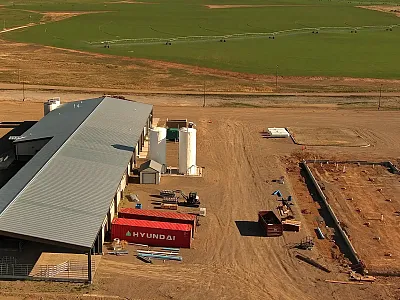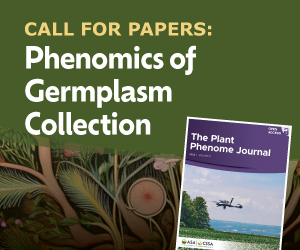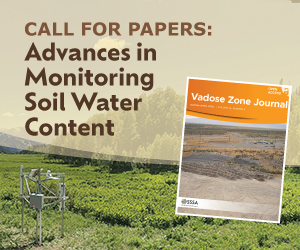Effect of Organic Amendments on Arsenic Bioaccessibility

Lead and arsenic are common co-contaminants in urban soils. Organic amendments, especially those rich in phosphorus commonly used by gardeners, often reduce soil lead bioaccessibility but not that of soil arsenic. Effects of organic amendments and lead on arsenic bioaccessibility are rarely studied in co-contaminated soils.
In a two-year-long field study, scientists assessed the effect of four organic amendments (mushroom compost, leaf compost, noncomposted biosolids, and composted biosolids amendments) on arsenic speciation and bioaccessibility in a lead and arsenic co-contaminated soil. The soil was contaminated due to coal burning and other diffuse sources. They found that arsenic bioaccessibility in all treated and non-treated urban soils was low (7 to 12.5% of total arsenic in soil). Reduction in stable arsenic forms into arsenic (III) forms was responsible for the temporarily enhanced bioaccessibility. However, lead arsenate formed during in vitro tests may counteract this effect.
These findings show that although some organic amendments temporarily affect arsenic speciation in soils, they may not change arsenic bioaccessibility to humans via direct ingestion in lead and arsenic-contaminated soils.
Adapted from
Adapted from Attanayake, C. P., Hettiarachchi, G. M., Dissanayake, A. I., & Ma, Q. (2024). Organic amendments temporarily change arsenic speciation and bioaccessibility in a lead and arsenic co-contaminated urban soil. Journal of Environmental Quality, 53, 535–545. https://doi.org/10.1002/jeq2.20575
Text © . The authors. CC BY-NC-ND 4.0. Except where otherwise noted, images are subject to copyright. Any reuse without express permission from the copyright owner is prohibited.













